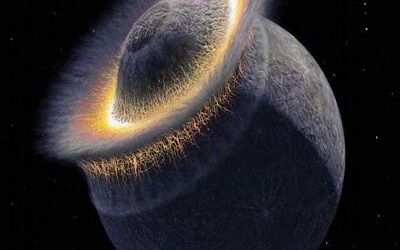随着PTE考生对PTE口语和PTE听力的重视,大家口语和听力的分数得到极大提高,但是PTE阅读渐渐成为考生们新的难题。墨尔本悉尼文波PTE特别为PTE考生们挑选了适合练习PTE阅读的文章,主题,内容,长度都与PTE阅读题中的文章相似。激活学过的词汇,更新新的词汇,提高阅读速度,全面提升自己的阅读能力。
For the first time, cosmologists have used the full power of Albert Einstein’s general theory of relativity to perform detailed calculations of the Universe’s evolution.
The two groups’ techniques—which break with nearly a century of tradition—could help to settle a controversy over the accuracy of previous, simplified simulations, and could help researchers to interpret the results of astronomers’ increasingly precise observations.
General relativity interprets gravity as the warping of space-time. Soon after Einstein proposed his theory in 1915, others realized that it had dramatic implications on the cosmic scale. Belgian cosmologist Georges Lemaître and others pointed out in the 1920s that a Universe that satisfies Einstein’s theory should either expand or contract. (Meanwhile, astronomer Edwin Hubble and others showed that it was, in fact, expanding.)
But solving Einstein’s equations on a cosmic scale was impossible without making assumptions to simplify the calculations. To reach their conclusions, Lemaître and the other early relativists assumed that matter was uniformly distributed as a continuum across space, rather than being concentrated in stars and galaxies.
cosmologist 宇宙学家
simulation 模拟
warping 弯曲
cosmic 宇宙的
Belgian 比利时的
continuum 连续统一体





